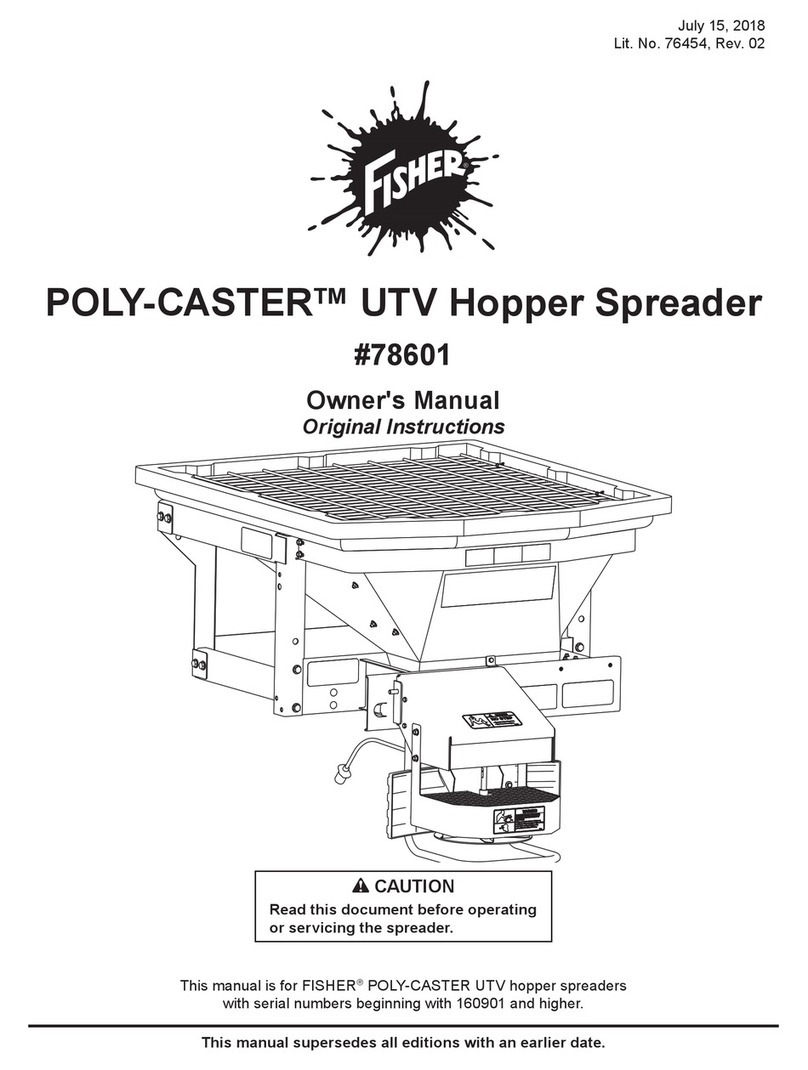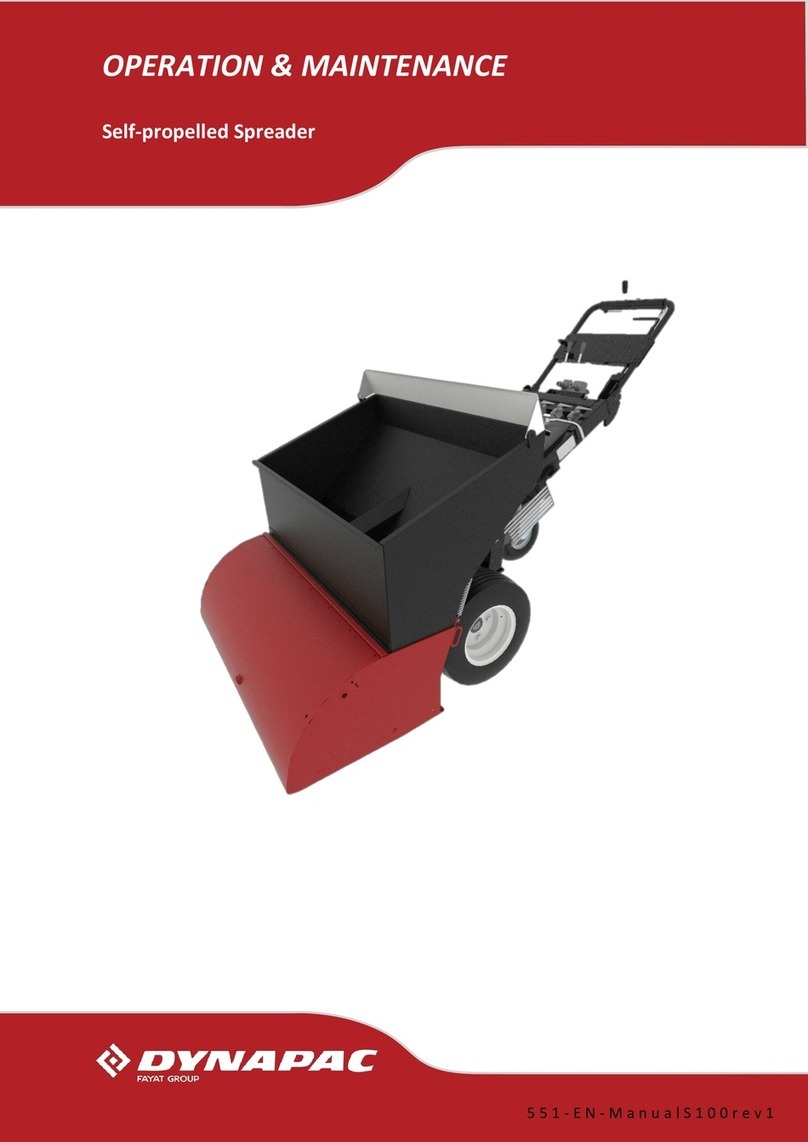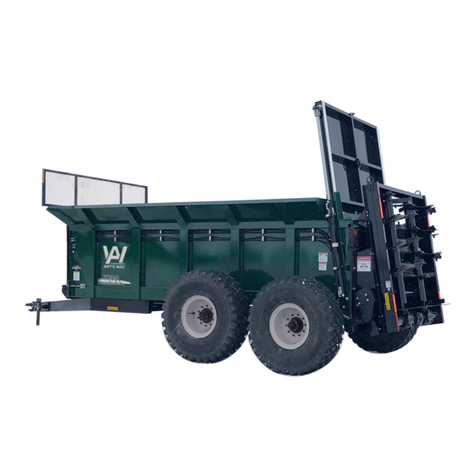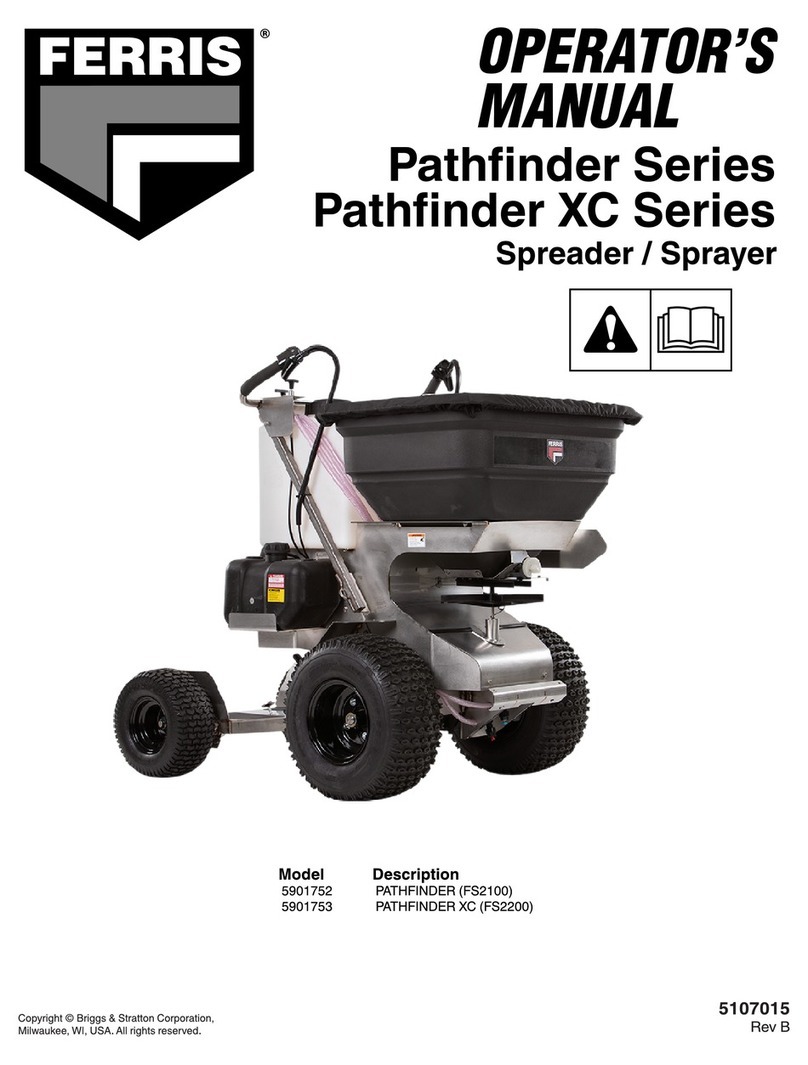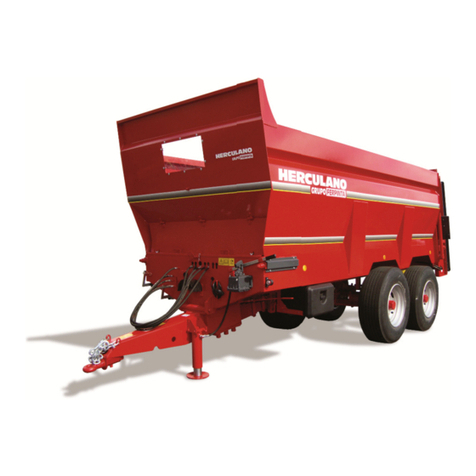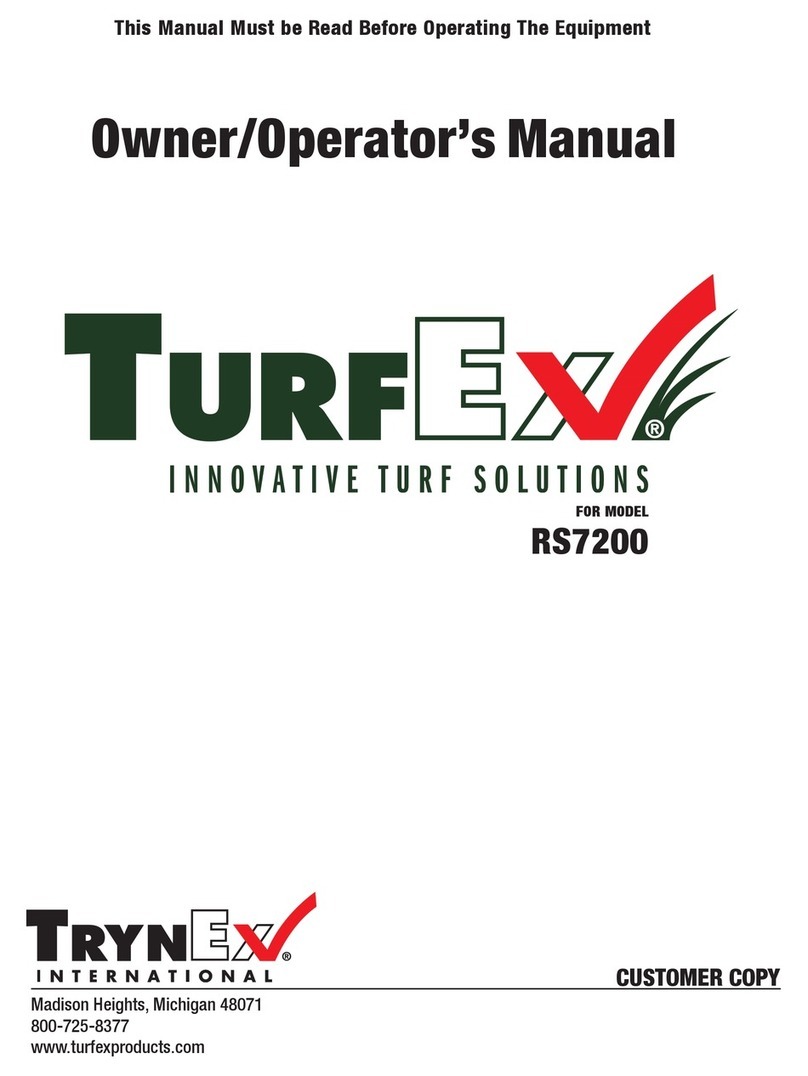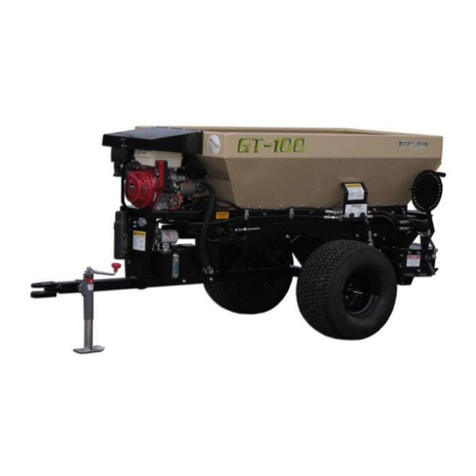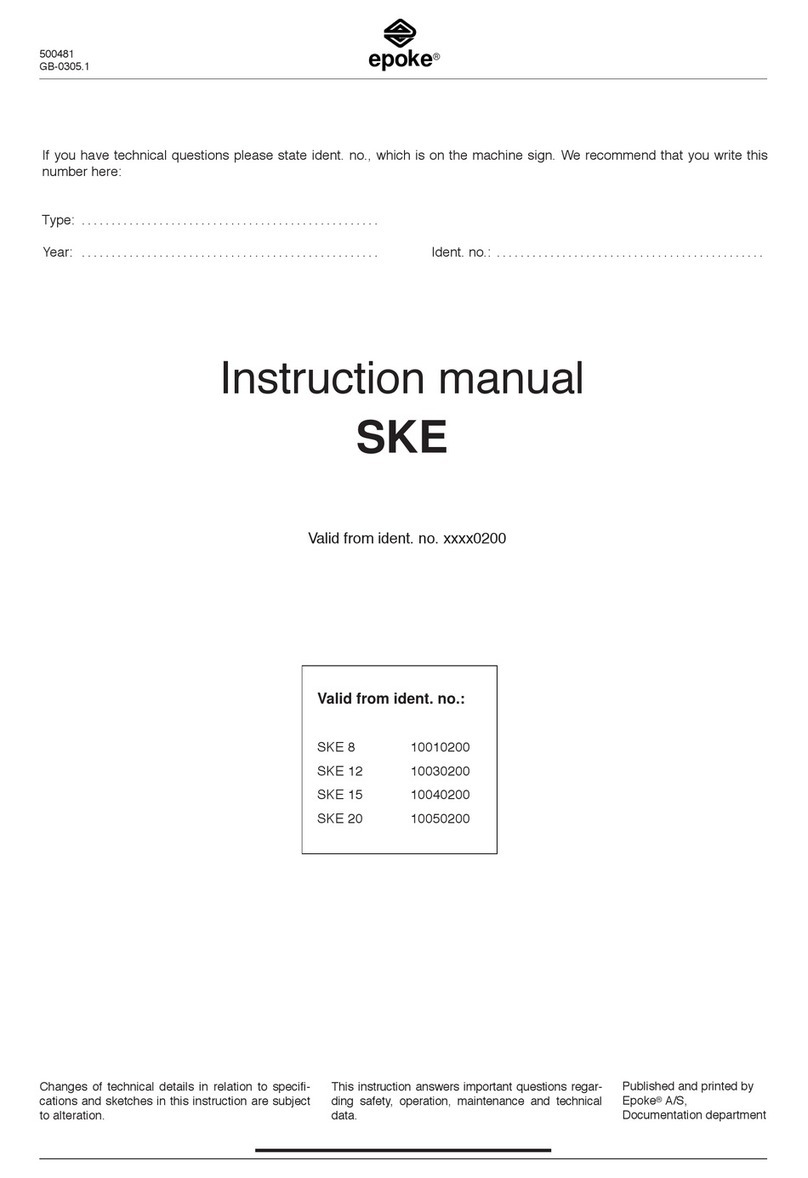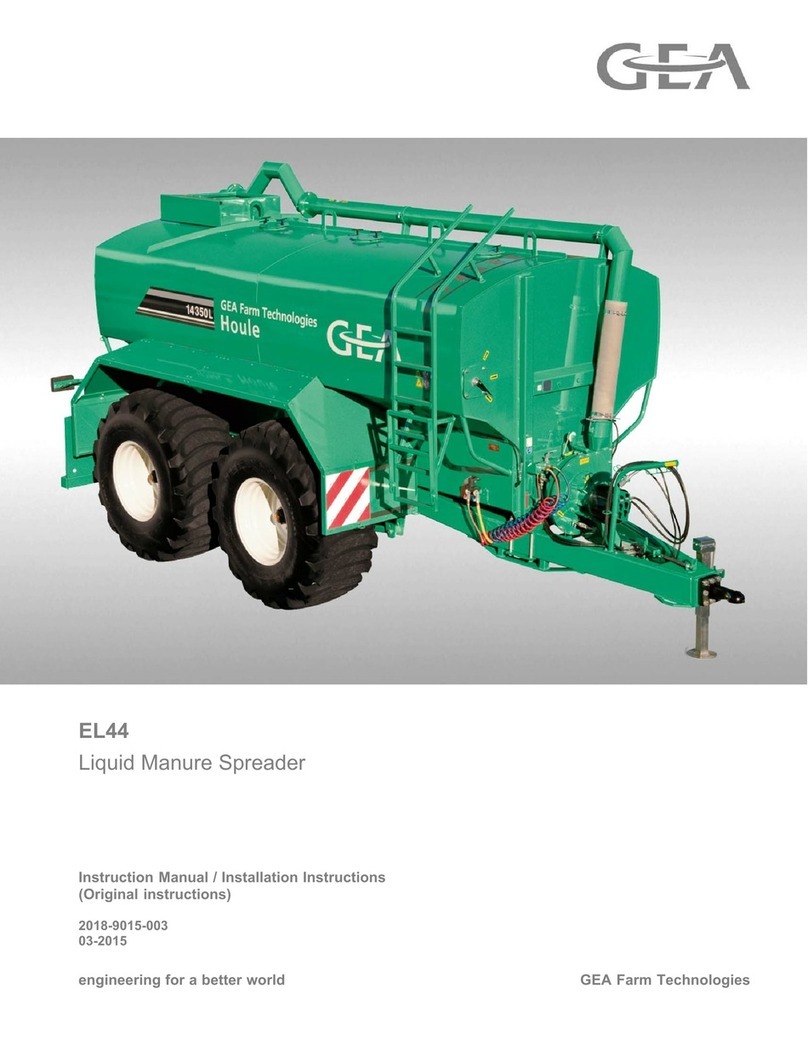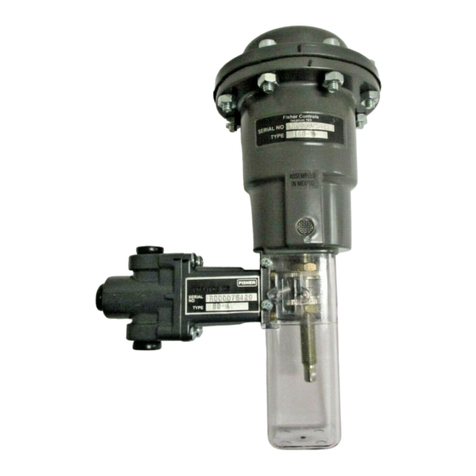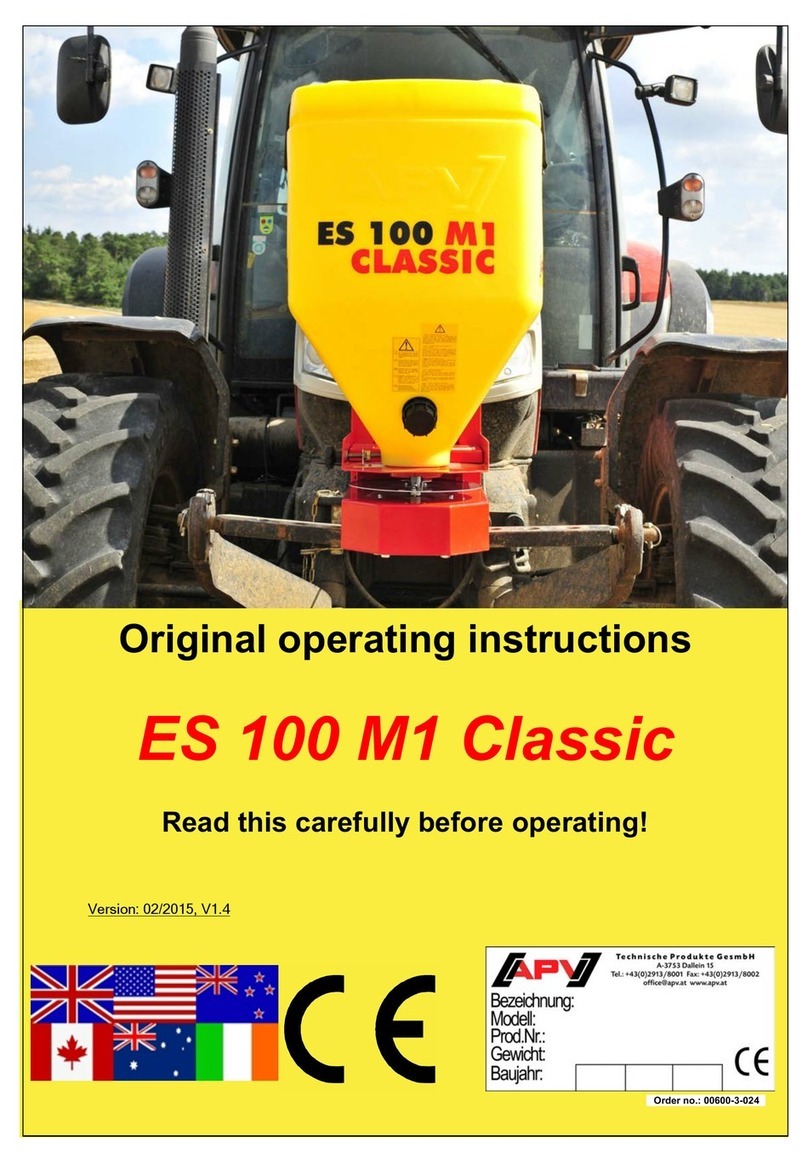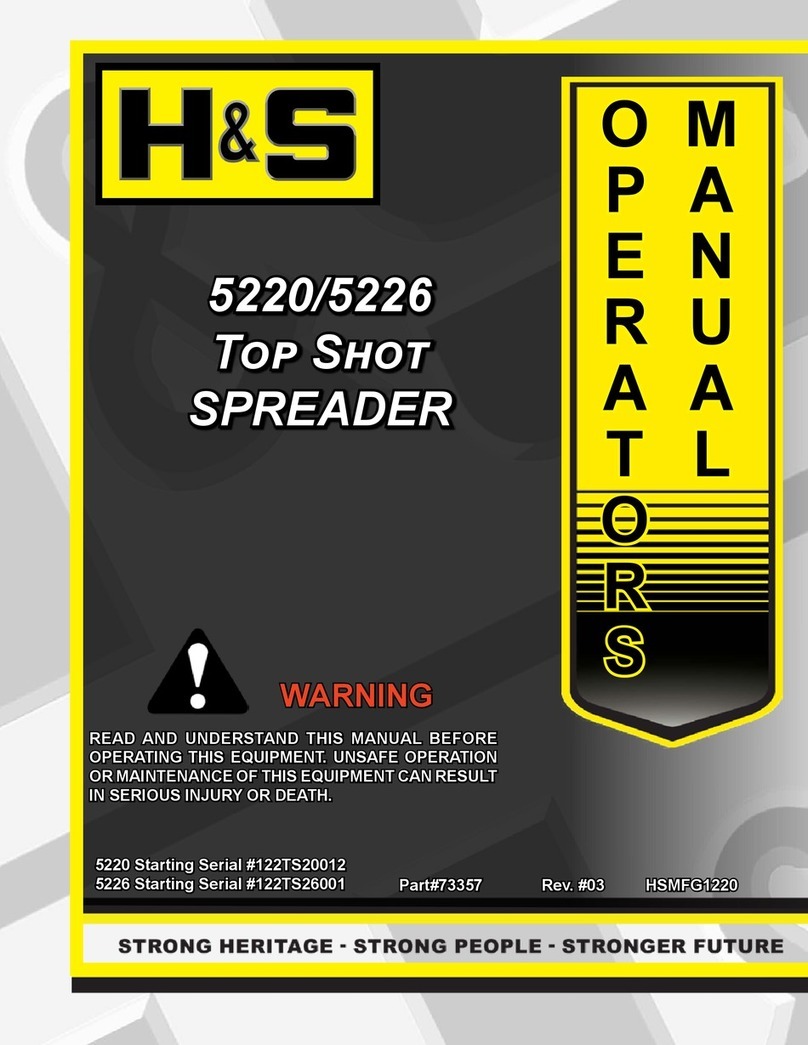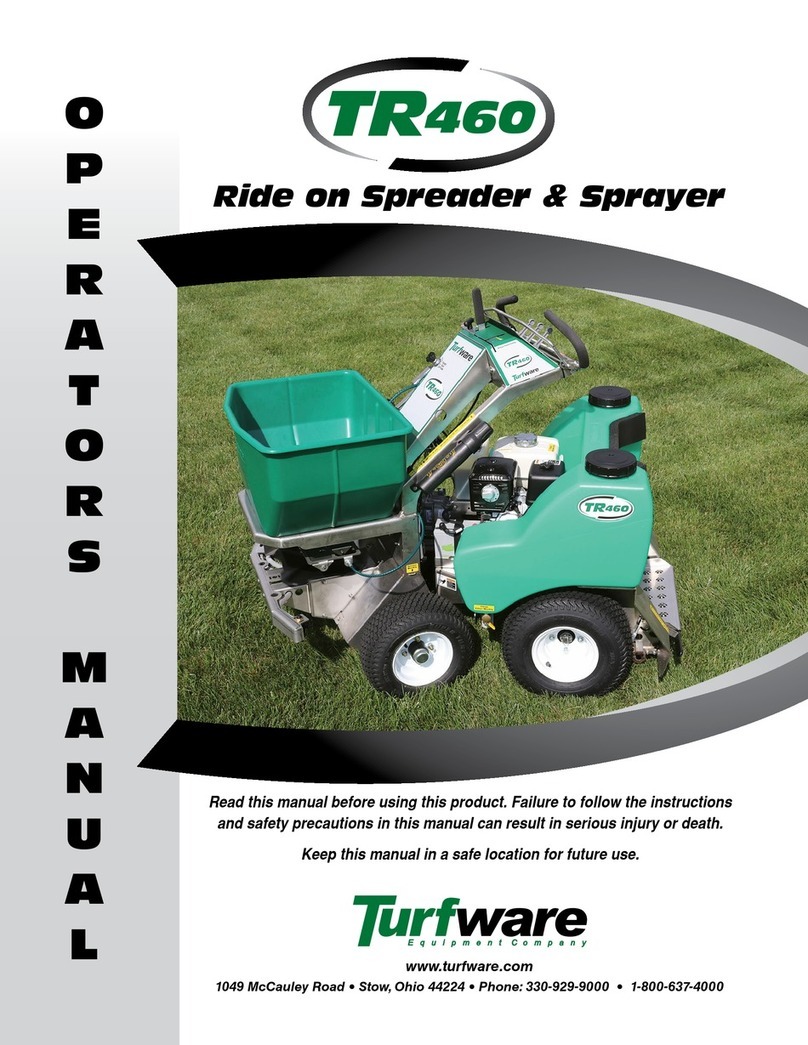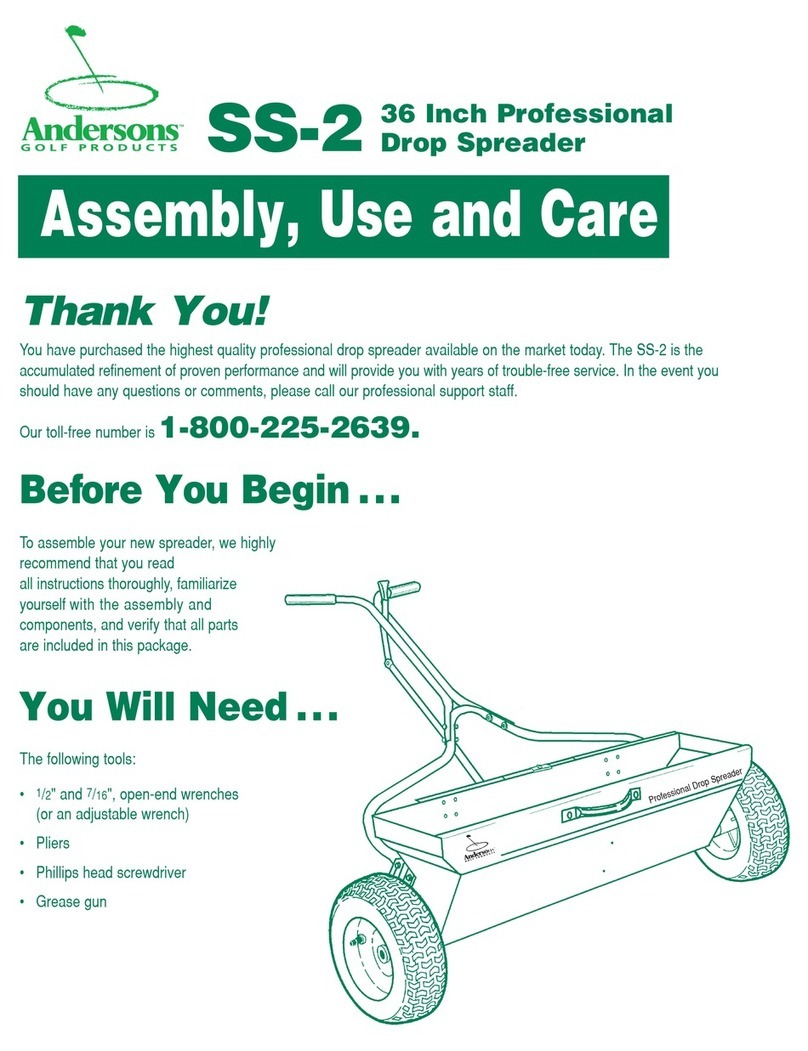
5
2. Product safety
LUKAS products are developed and manufactured in order to guarantee the best performance
and quality when used properly.
Operator safety is the most important aspect of the product design.
Moreover, the operating instructions are intended to help the safe use of LUKAS products.
The generally applicable, legal and other binding regulations pertaining to the prevention of
accidents and protection of the environment apply and are to be implemented in addition to
the operating instructions.
The equipment may only be operated by persons with appropriate training in the safety
aspects of such equipment – otherwise, there is a danger of injury occurring.
We would like to point out to all users that they should read carefully the operating instructions
and the instructions contained therein before they use the equipment, and that they should
carefully follow such.
We further recommend that a qualied trainer train you in the use of the product.
WARNING / CAUTION!
The operating instructions for the hoses, the accessories and the connected
hydraulic equipment must also be observed!
Even if you have already received instructions on how to use the equipment, you should still
read the following safety notes through again.
WARNING / CAUTION!
Ensure that the accessories and connected equipment used are suitable for
the max. operating pressure!
Please ensure that no body
parts or clothing get stuck
between the visibly moving
parts (e.g. spreader arms).
It is prohibited to work under
load if this load is lifted
exclusively by hydraulic
equipment. If this work
is absolutely imperative,
additional mechanical
supports must be used.
Wear protective clothing,
safety helmet with visor,
protective gloves
Inspect the equipment before
and after use for visible
defects or damage
The responsible department
is to be informed immediately
of any changes (including to
the operating behaviour)! If
necessary, the equipment is
to be deactivated immediately
and secured!
Inspect all cables, hoses
and screwed connections for
leaks and externally visible
damage! If necessary, repair
immediately! Squirting oil can
result in injuries and res.
